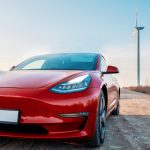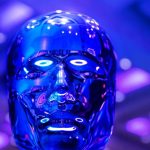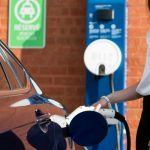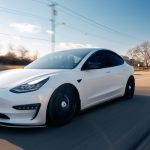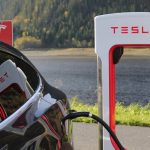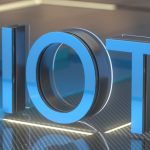Tesla has officially brought its Dojo supercomputer project to a close, highlighting a significant change in its approach to artificial intelligence. The discontinuation arrives after four years of investment and signals a new path for Tesla’s A.I. ambitions. As the electric vehicle sector faces increased competition and operational headwinds, the decision to cease Dojo’s development may reflect broader priorities across the company. With intensifying demands on chip innovation and market share pressures, Tesla’s next moves in A.I. technology will be closely watched by investors and industry observers alike.
Early news around the launch of Dojo in 2021 positioned the project as Tesla’s effort to reduce its reliance on Nvidia hardware and to gain an edge in the self-driving race. Since then, Tesla has faced both technical and staffing challenges, with several engineers leaving the A.I. division. While previous updates suggested ongoing progress and ambitious targets for Dojo’s computing capacity, the company now pivots to new chip products. The focus on externally manufactured chips, especially with partners like TSMC and Samsung, marks a substantial change from Dojo’s in-house approach and underlines Tesla’s response to evolving A.I. market conditions.
Why Did Tesla Pull the Plug on Dojo?
The decision to end the Dojo supercomputer effort comes after Tesla reassessed the trajectory for its A.I. strategy. CEO Elon Musk stated the project became redundant as all technical paths began to converge toward Tesla’s next-generation chips, designated AI5 and AI6. These new chips, produced by TSMC and Samsung respectively, are expected to handle both self-driving tasks and large-scale A.I. training more efficiently than the in-house D1 chips used in Dojo.
How Will Tesla’s A.I. Plans Move Forward?
With Dojo’s conclusion, Tesla has chosen to centralize its chip development, focusing resources on new hardware that powers its Full Self-Driving (FSD) software and robotics initiatives. The company announced the dissolution of the Dojo team, numbering around 20 employees, as it integrates A.I. training and inference under a unified architecture. Elon Musk addressed the reasoning, noting,
“Once it became clear that all paths converged to AI6, I had to shut down Dojo and make some tough personnel choices, as Dojo 2 was now an evolutionary dead end.”
What Does This Mean for Tesla’s Broader Business?
The move to streamline A.I. chip production comes as Tesla deals with ongoing challenges in its electric vehicle operations. Market data shows declines in both revenue and U.S. EV market share, suggesting heightened pressure to optimize expenses and refocus capabilities. Musk has commented on the consolidation, stating,
“In a supercomputer cluster, it would make sense to put many AI5/AI6 chips on a board, whether for inference or training, simply to reduce network cabling complexity and cost by a few orders of magnitude.”
Tesla’s discontinuation of Dojo illustrates a reallocation of resources at a time of multiple organizational challenges. The closure contrasts its initially touted purpose of reducing third-party chip reliance, as the company doubles down on chips manufactured by industry leaders rather than its own technology. For readers tracking A.I. and automotive sectors, it is clear that rapid shifts in technology, talent management, and competitive focus drive decision-making at major automakers. Those following Tesla’s chip roadmap may want to monitor the performance and scalability of AI5 and AI6 as indicators of the company’s evolving A.I. capabilities. Understanding the distinctions between training and inference in A.I. deployment is also crucial for grasping Tesla’s hardware pivot and its broader business implications.
- Tesla has ended its Dojo AI supercomputer project after four years.
- The company will now prioritize AI5 and AI6 chips for A.I. tasks.
- Resource consolidation follows challenges in Tesla’s vehicle and chip divisions.



